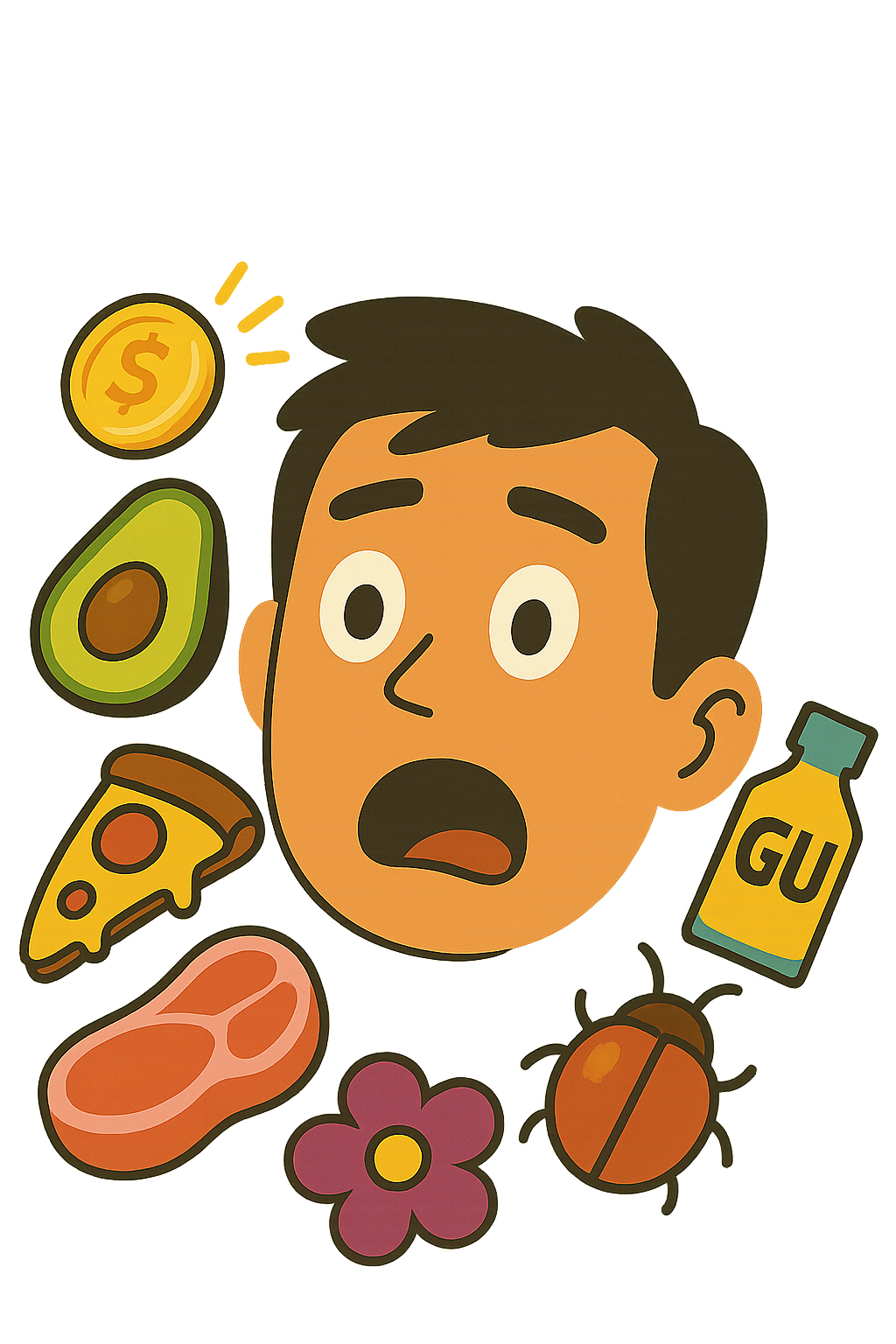Can you eat kimchi?
Quick Answer
Yes
Kimchi is a traditional Korean dish made from fermented vegetables, mainly cabbage and radishes, with chili pepper and other seasonings. It is safe to eat and is a staple in Korean cuisine.

What Is It?
Kimchi is a traditional Korean side dish made from salted and fermented vegetables, most commonly napa cabbage and Korean radishes, with a variety of seasonings including chili powder, scallions, garlic, ginger, and jeotgal (salted seafood).
Historical Context
Kimchi has been a staple in Korean cuisine for centuries, dating back to the Three Kingdoms period (37 BC‒7 AD). It was originally a way to preserve vegetables for the winter months.
Why It Can Be Risky
While kimchi is generally safe to eat, there are some potential risks to be aware of.
- Overconsumption: Eating too much kimchi can lead to digestive problems due to its high fiber content.
- High sodium: Kimchi can be high in sodium, which can contribute to high blood pressure if consumed in large amounts.
- Foodborne illness: As with any fermented food, there is a risk of foodborne illness if the kimchi is not properly prepared or stored.
Safe Method?
To safely eat kimchi, consume it in moderation and ensure it has been properly prepared and stored. It should be kept refrigerated and consumed within a few months of opening.
Storage Tips
Keep kimchi refrigerated to maintain its quality and prevent spoilage.’, ‘Use a clean utensil each time you remove kimchi from the jar to prevent contamination.
Preparation Tips
Kimchi can be eaten on its own or used as an ingredient in a variety of dishes, such as kimchi fried rice, kimchi stew, and kimchi pancakes.